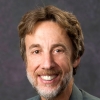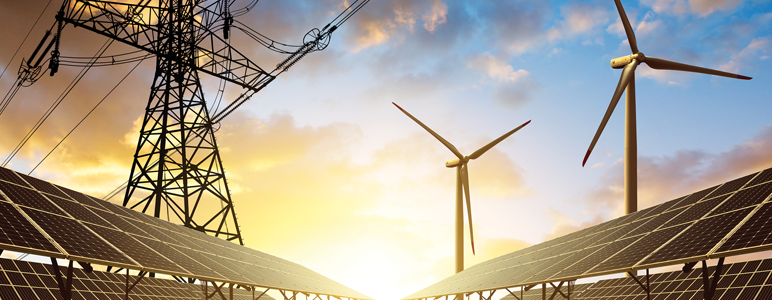


The impressive nationwide growth in the adoption of renewable distributed energy resources (DERs) provides technical challenges for utilities long accustomed to pushing power out from remote locations toward load centers in urban areas. When adoption was low, grid operators could largely ignore the existence of distributed renewables. Now, they need to understand the magnitude of the intermittent generation from solar and wind installations and develop approaches to seamlessly integrate that generation into grid operations.
Distributed renewables are those built on rooftops or otherwise located very close to end users that can be utilized within the grid’s distribution circuits without need for delivery over large transmission lines.
Distributed Generation Planning: A Case Study Comparison of California and New York Proceedings
A white paper by the Center for Sustainable Energy and UC Berkeley Energy & Resources Group
Why distributed?
If you want to rely on wind or solar power, it costs less per megawatt of electricity to install large central station systems; and the management of the larger facilities rests with a small number of people or organizations. It disturbs some energy economists to no end to see the focus on distributed options that appear to be more expensive. Here’s why looks can be deceiving.
- Distributed systems, by definition, don’t require transmission lines, while central station facilities are often located in places that never needed transmission facilities before, compelling large investment in new lines. Because the power stays close by, distributed generation leads to less line losses.
- Because the installations are distributed across a broad region, the curve for overall regional solar production is smoother than it would be for a densely sited solar farm, where a cloud rolling by could cause a dramatic dip in production.
- Distributed systems don’t require large swaths of land dedicated solely to power production or transmission.
CA and NY lead the way
For these and other reasons, California and New York have chosen to promote DERs in dramatic ways – through the provision of rebates and favorable charges for customers deploying distributed systems and the creation of favorable interconnection rules. More recently, both have begun to reconsider the utility business model: Does the traditional approach to utility service best support distributed renewables? Does the deployment of distributed resources threaten the traditional utility’s ability to remain profitable?
California and New York are among the states trying to tackle grid integration issues through better system planning and strategic use of performance incentives. However, the two states seem to be starting with different assumptions.
In 2010, California Gov. Jerry Brown called for the deployment of 12,000 megawatts (MWs) of distributed renewable power by 2020 to help achieve the state’s aggressive renewable portfolio standard, and almost 9,500 MW is currently installed. California’s regulators, with strong direction from the state legislature, are now focused on the technical implications of distributed resource deployment, conducting distributed resource planning (DRP) proceedings that ask how the traditional utility’s planning process can better anticipate, rely on and serve distributed resources.
In New York, Gov. Andrew Cuomo also has cast his lot for a focus on distributed resources. State regulators, with strong direction from the governor, are considering a broader initiative more directly incorporating the overall market structure and policy context for more renewables. Through its Reforming the Energy Vision (REV) process, New York is re-envisioning its utilities as operators of an open-access distribution system designed to facilitate private generation and investment decisions and to encourage distributed installations in the places where it could create the greatest benefit to the grid.
Creating favorable DER environments
Regardless of where California and New York line up to start, it is not a foregone conclusion that they will end up in different places. Regulatory innovations seem to travel at the speed of light. Stakeholders across the country will identify beneficial approaches and push hard for their adoption, regardless of location. In addition, the underlying ambition of the two states appears to be the same—to create the most favorable environment to support vibrant marketplaces for DER solutions—not only in the form of new renewable generation, but also through better demand-side management.
Of course, these two states are not alone, in their quest to find the optimal relationship between traditional distribution utilities and the growing adoption of renewable distributed resources. No doubt even more states will engage in this quest in 2017 and beyond.

